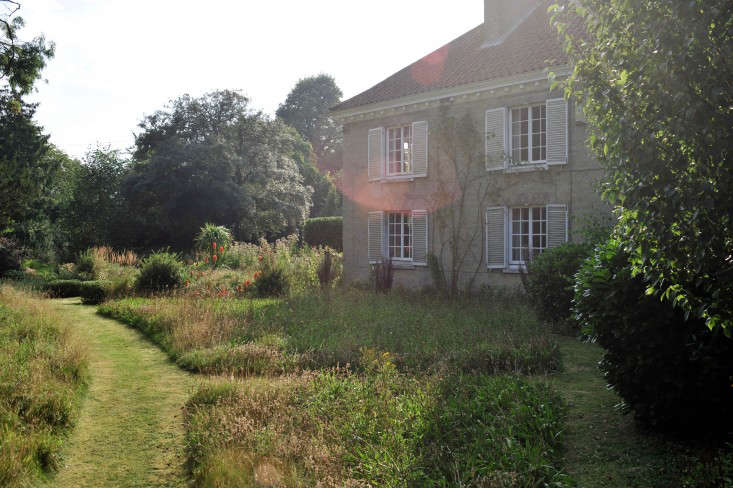Clover as a Lawn
go.ncsu.edu/readext?993094
en Español / em Português
El inglés es el idioma de control de esta página. En la medida en que haya algún conflicto entre la traducción al inglés y la traducción, el inglés prevalece.
Al hacer clic en el enlace de traducción se activa un servicio de traducción gratuito para convertir la página al español. Al igual que con cualquier traducción por Internet, la conversión no es sensible al contexto y puede que no traduzca el texto en su significado original. NC State Extension no garantiza la exactitud del texto traducido. Por favor, tenga en cuenta que algunas aplicaciones y/o servicios pueden no funcionar como se espera cuando se traducen.
Português
Inglês é o idioma de controle desta página. Na medida que haja algum conflito entre o texto original em Inglês e a tradução, o Inglês prevalece.
Ao clicar no link de tradução, um serviço gratuito de tradução será ativado para converter a página para o Português. Como em qualquer tradução pela internet, a conversão não é sensivel ao contexto e pode não ocorrer a tradução para o significado orginal. O serviço de Extensão da Carolina do Norte (NC State Extension) não garante a exatidão do texto traduzido. Por favor, observe que algumas funções ou serviços podem não funcionar como esperado após a tradução.
English
English is the controlling language of this page. To the extent there is any conflict between the English text and the translation, English controls.
Clicking on the translation link activates a free translation service to convert the page to Spanish. As with any Internet translation, the conversion is not context-sensitive and may not translate the text to its original meaning. NC State Extension does not guarantee the accuracy of the translated text. Please note that some applications and/or services may not function as expected when translated.
Collapse ▲Many homeowners are looking for alternatives to monoculture lawns. These areas though beautiful and great for recreation severe very little ecosystem services. They require high amounts of water, often leach nutrients, and provide little to no habitat for native fauna. They do however, prevent erosion to a certain degree, provide areas of open space, and sets the tone for the average American home in the 50’s and 60’s.
Today however, many people have little interest in lawns and see them as a sterile landscape serving little but human gratitude. This has led to the search of something ‘better’. Many people are looking to clover as the next lawn plant. Clover does bloom providing nectar, can take some treading on, and who doesn’t love looking for those lucky 4 leaved clovers? Clover does however, have a bad side. The common white clover of Trifolium repens is listed as invasive in the United State.
These plants are native to Europe and spread rapidly here in the states. This is why we often see them very readily in our uncared-for lawns now. Often times when homeowners leave their lawns unattended many low growing plants move in. These plants can take mowing and often stay short. Things like dandelions, clover, some asters are common weeds to find in these areas. Very commonly these plants end up being identified as invasives.
Some native plants can withstand mowing. Yarrow is a common almost weedy native that can easily withstand consistent mowing. They form dense short areas of fern like foliage. If they are being mowed, they will not flower and likely will not be able to support any insect life long term.
Often the best approach is to meet in the middle. Perhaps you allow areas in your garden to grow and flower and mow only a pathway through the area to enjoy. Any monoculture is not providing much ecosystem services to the area it is in. Mowing often just exacerbates the issue further.

A mowed path through a native meadow. Not only does it provide a walkway but is also economically friendly. Photo Credit: Kevin Foord
A system where humans can co-exist with nature enjoying our lifestyles while also benefiting the other species around us is possible. We must get away from the desire for a large expansive space with no trees and a green ground cover. Whether it’s turf, clover, or yarrow these systems are not supportive to life outside our own in the United States. Allowing nature to have a space is critical to supporting our wild ecosystems.





